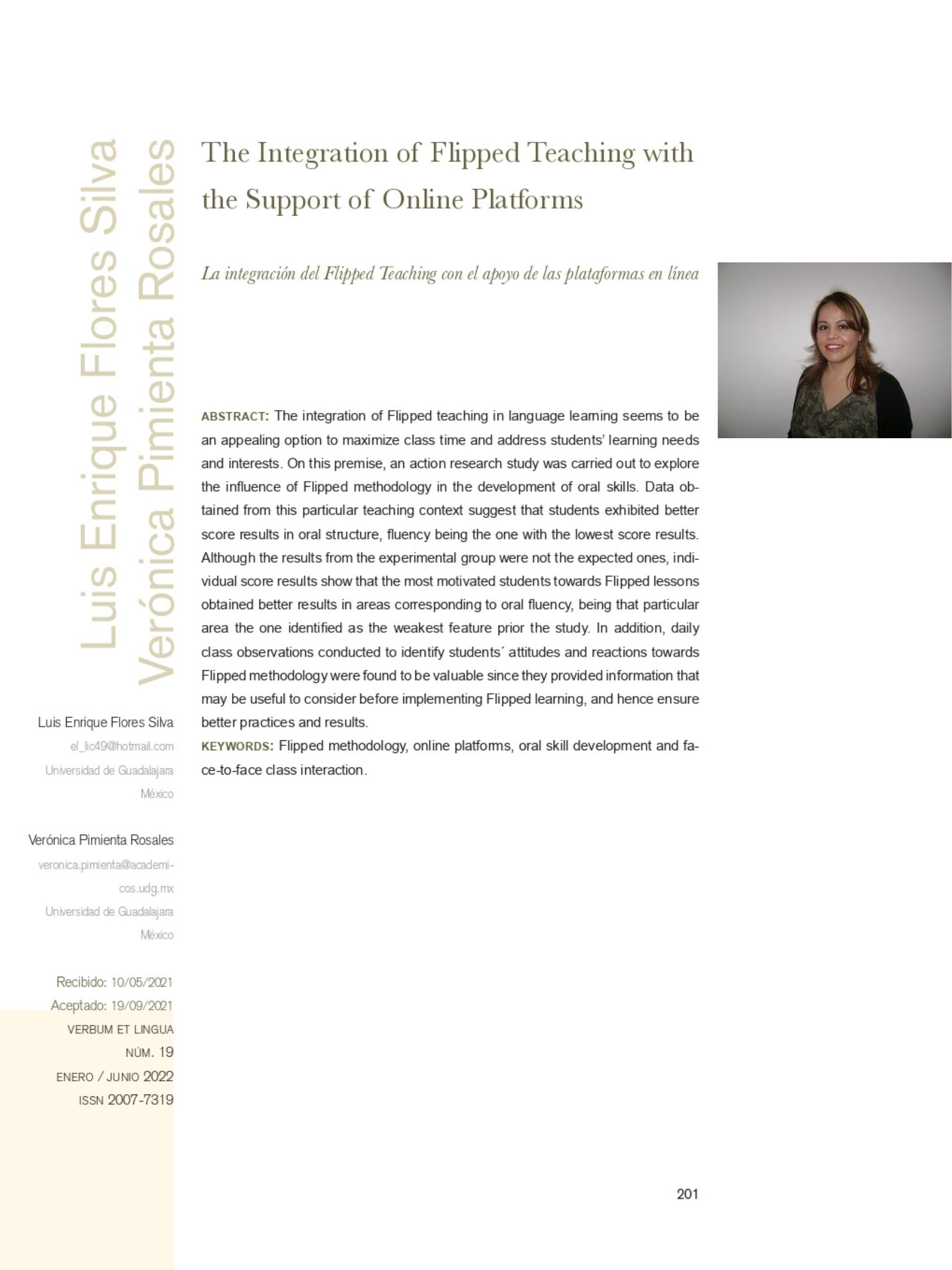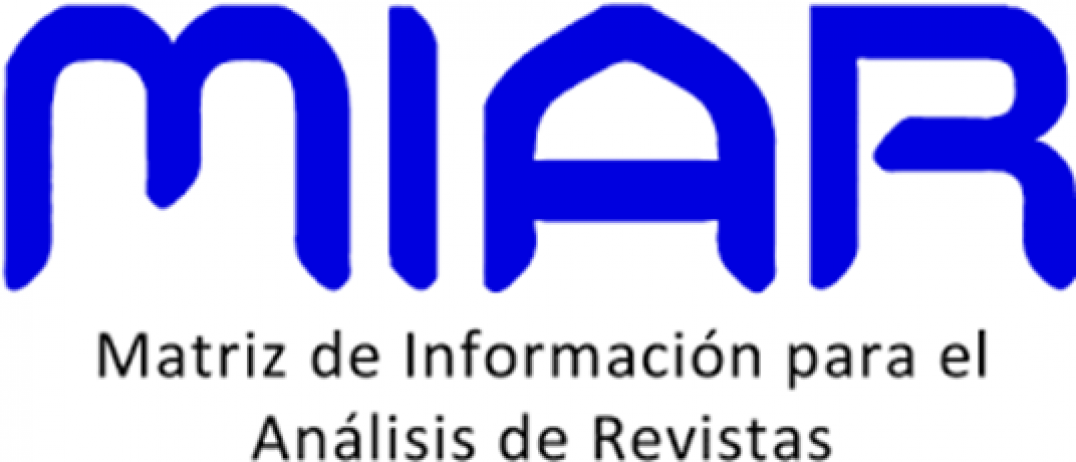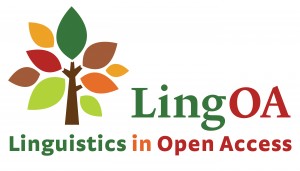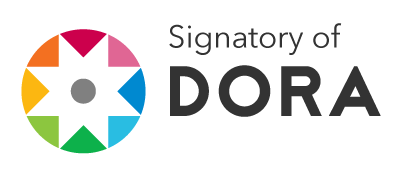The Integration of Flipped Teaching with the Support of Online Platforms
DOI:
https://doi.org/10.32870/vel.vi19.180Palabras clave:
Flipped methodology, Online platforms, Oral skill development, Face-to-face class interactionResumen
The integration of Flipped teaching in language learning seems to be an appealing option to maximize class time and address students’ learning needs and interests. On this premise, an action research study was carried out to explore the influence of Flipped methodology in the development of oral skills. Data obtained from this particular teaching context suggest that students exhibited better score results in oral structure, fluency being the one with the lowest score results. Although the results from the experimental group were not the expected ones, individual score results show that the most motivated students towards Flipped lessons obtained better results in areas corresponding to oral fluency, being that particular area the one identified as the weakest feature prior the study. In addition, daily class observations conducted to identify students´ attitudes and reactions towards Flipped methodology were found to be valuable since they provided information that may be useful to consider before implementing Flipped learning, and hence ensure better practices and results.
Descargas
Métricas
Citas
Bachelor, J. (2018). The flipped-hybrid classroom: A didactic technique for teaching foreign languages. e-Mentor, 2(74), 5-11.
Bergmann, J. & Waddell, D. (2012). To flip or not to flip. Learning & Leading with Technology. International Society for Technology in Education. http://www.iste.org/learn/publications/learningleading/issues/june-july-2012/point-counterpoint-to-flip-or-not-to-flip-
Bergmann, J., & Sams, A. (2012). Flip your classroom: Reach every student in every class every day. International Society for Technology in Education.
Bransford, J., Brown, A., & Cocking, R. (2000). How People Learn: Brain, Mind, Experience, and School. Washington, D.C.: National Academy Press.
Bristol, T. J. (2014). Educate, excite, engage. Teaching and Learning in Nursing, 9, 43-46. What is flipped learning? ttp://fln.schoolwires.net/cms/lib07/VA01923112/Centricity/Domain/46/FLIP_hanoutFLN_Web.pdf
Graham, C. (2006). Blended Learning Systems. Definition, current trends and future directions. In C. J. Bonk, & C. R. Graham, The Handbook of Blended Learning: Global Perspectives, Local Designs (pp. 3-21). San Francisco, CA: Pfeiffer.
Hamdan, N., McKnight, P., McKnight, K., & Arfstrom, K. M. (2013). The flipped learning model: A white paper based on the literature review titled a review of flipped learning. Pearson. https://flippedlearning.org/wp-content/uploads/2016/07/WhitePaper_FlippedLearning.pdf
Herreid, C. F., & Schiller, N. A. (2013). Case Studies and the Flipped Classroom. Journal of College Science Teaching, 42(5), 62-66.
Houston, M., and Lin, L. (2012). Humanizing the Classroom by Flipping the Homework versus Lecture Equation. Society for Information Technology & Teacher Education: International Conference. Chesapeak, VA: AACE.
Kachka, P. (2012). Understanding the Flipped classroom. Faculty Focus. https://www.facultyfocus.com/articles/blended-flipped-learning/understanding-the-flipped-classroom-part-1/
Jamaludin, R., & Osman, S. Z. M. (2014). The use of a flipped classroom to enhance engagement and promote active learning. Journal of Education and Practice, 5(2), 124–131.
Kordyban, R., &Kinash, S. (2013). No more flying on auto pilot: The flipped classroom. Education Technology Solutions, 56, 54-56.
LaFee, S. (2013). Flipped learning. The Education Digest, November (2013) 13-18.
Marsh, D. (2012). Blended Learning. Creating Learning Opportunities for Language Learners. Cambridge University Press.
Marshall, H. W., & DeCapua, A. (2013). Making the transition to classroom success: Culturally responsive teaching for struggling language learners. Ann Arbor, MI: University of Michigan Press.
Marshall, H. W. (2014). Three reasons to flip your ESL classroom. TESOL Connections.
http:// newsmanager.commpartners.com/tesolc/issues/2019/02/20/2.html
Miller, A (2012). Five Best Practices for the Flipped Classroom. Technology Integration. http://www.edutopia.org/blog/flipped-classroom-best-practicesandrew-miller
Nielsen, L. (2012). Five reasons I'm not flipping over the Flipped Classroom. Technology & Learning.The innovative educator. https://theinnovativeeducator.blogspot.com/2011/10/five-reasons-im-not-flipping-over.html
Ommagio, A. (1993). Teaching language in context. Heinle and Heinle publishers.
Wu,W.C.V., Chen Hsieh, J. S., & Yang J. C. (2017). Creating an Online Learning Community in a Flipped Classroom to Enhance EFL Learners’ Oral Proficiency. Educational Technology & Society, 20 (2), 142–157.
Yaman, ?. (2014) ELT Students’ Attitudes towards the Development of Speaking Skills via
Project-Based Learning: An Omnipresent Learning Perspective. Unpublished Doctoral Thesis, Department of Foreign Language Education of Gazi University, Ankara, Turkey.

Descargas
Publicado
Versiones
- 2024-09-06 (2)
- 2022-06-21 (1)













